Low-cost tools to monitor ocean biodiversity
In collaboration with PlanktonPlanet, Prakash's team has engaged citizen sailors, or "planktonauts," to collect and analyze plankton samples.
 Manu Prakash / Image- Wikipedia
Manu Prakash / Image- Wikipedia
In an effort to enable citizen scientists to monitor ocean biodiversity, Manu Prakash, a bioengineer from Stanford University, and his international team are leading the way in developing low-cost tools.
“The ocean is a life-saving technology – Earth’s heart and lungs – but our perception of what it does is so primitive,” said Prakash, an associate professor of bioengineering at Stanford University. “You cannot fix what you don’t understand. Observation is the most fundamental tool scientists have for understanding.”
The PlanktoScope, one of their revolutionary products, is a tool for exploring the ocean floor in search of plankton. Citizen scientists can independently analyze plankton samples using this open-source imaging platform.
Made from inexpensive, readily available materials, the gadget has a price tag of less than $800. It operates via a Wi-Fi-enabled device and has already been distributed in over 150 units worldwide, aiding in projects from coastal aquaculture monitoring in California to detecting harmful algal blooms in Indonesia, an official statement noted.
“It’s a joy to see this tool in the hands of people I have never met,” Prakash said.
Prakash's team has also developed a rotating microscope, jokingly referred to as the "gravity machine," which simulates ocean depths to observe plankton's daily migration. This innovative device provides real-time, high-resolution images of plankton, offering new insights into their behavior.
In collaboration with PlanktonPlanet, Prakash's team has engaged citizen sailors, or "planktonauts," to collect and analyze plankton samples. These efforts have resulted in a comprehensive dataset of plankton biodiversity, showcasing the power of citizen science in complementing traditional oceanographic research.
Prakash envisions making these tools autonomous and portable, allowing for onboard measurements on any boat and remote access for global analysis. His ongoing projects are supported by the Big Ideas for Oceans program and the Stanford Woods Institute for the Environment.
“There’s a lot of anxiety around the collapse of ecosystems," Prakash noted. "But there’s a lot of hope because you see the abundance and power of these tiny creatures."
A MacArthur Fellow and native of Meerut, India, Prakash now oversees a multidisciplinary team of researchers engaged in areas as varied as oceanography, visual arts, and machine learning. Using current ocean conditions as a basis for future behavior predictions, the interdisciplinary team seeks to amass massive datasets documenting plankton migrations.
ADVERTISEMENT
ADVERTISEMENT
E Paper
Video



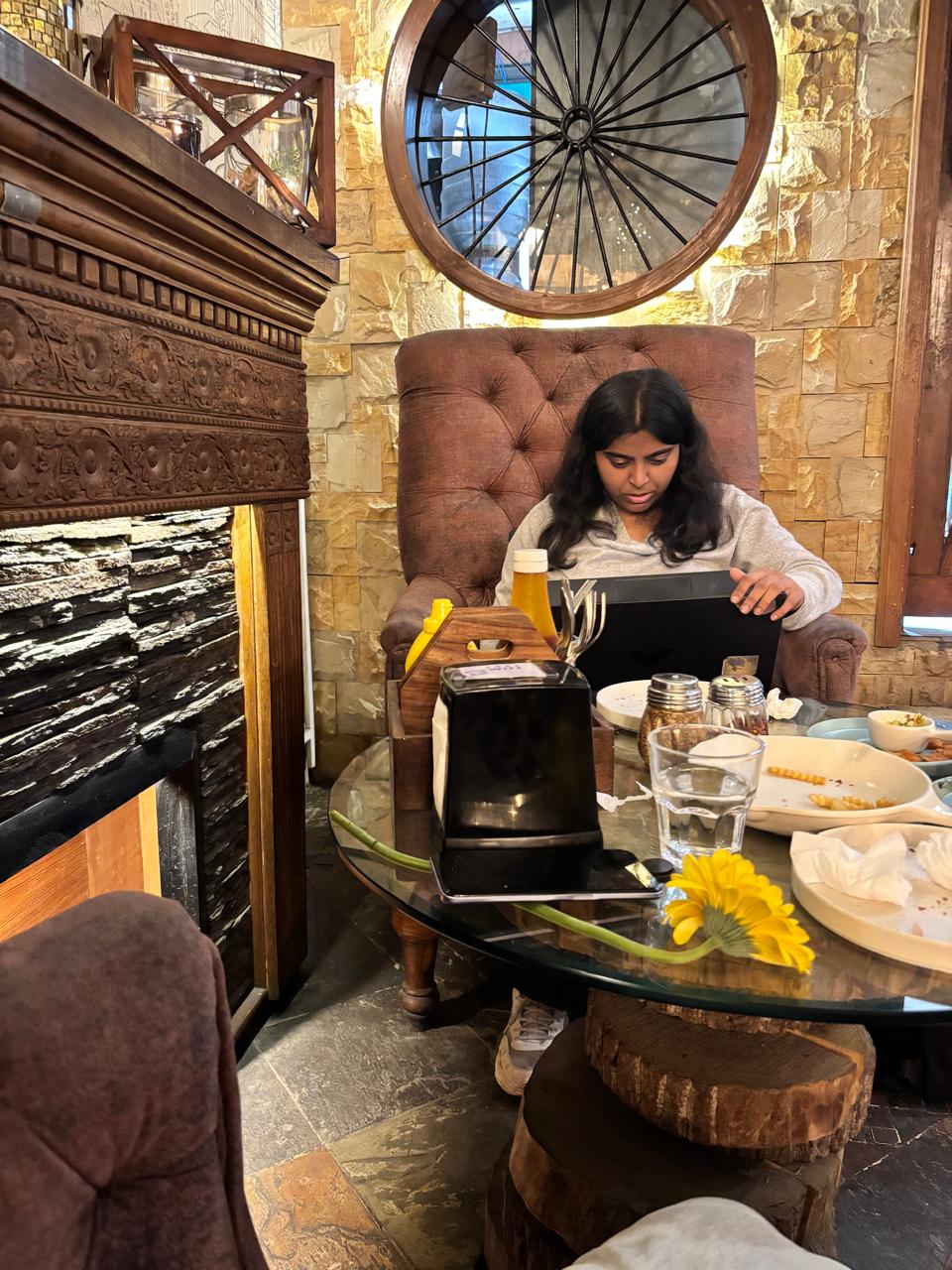 Malvika Choudhary
Malvika Choudhary

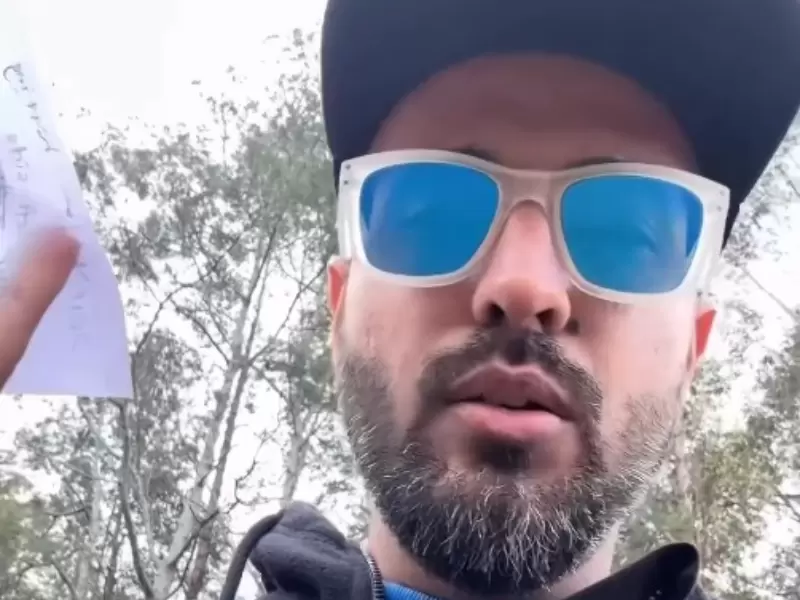

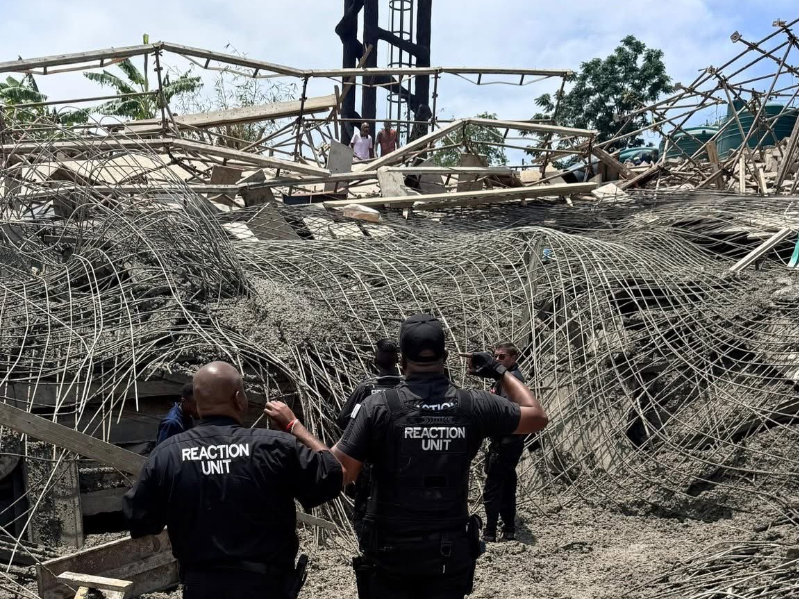

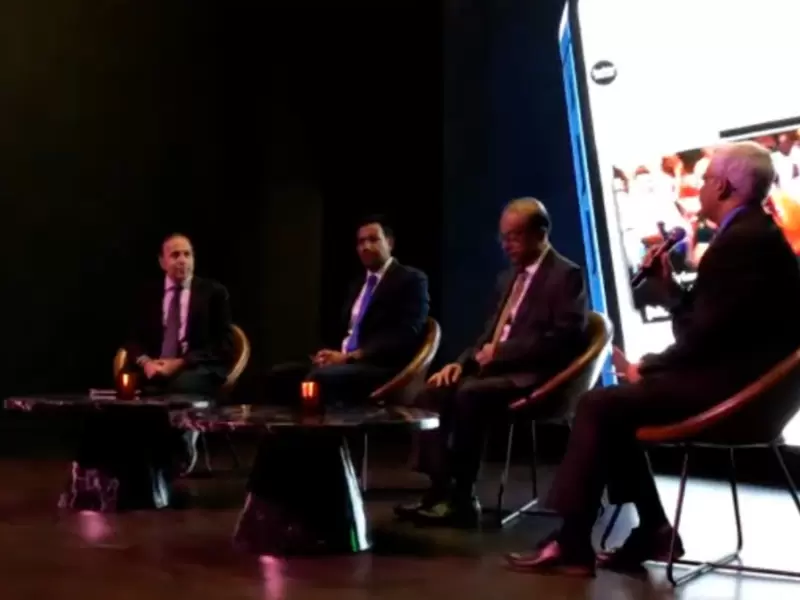

.png)
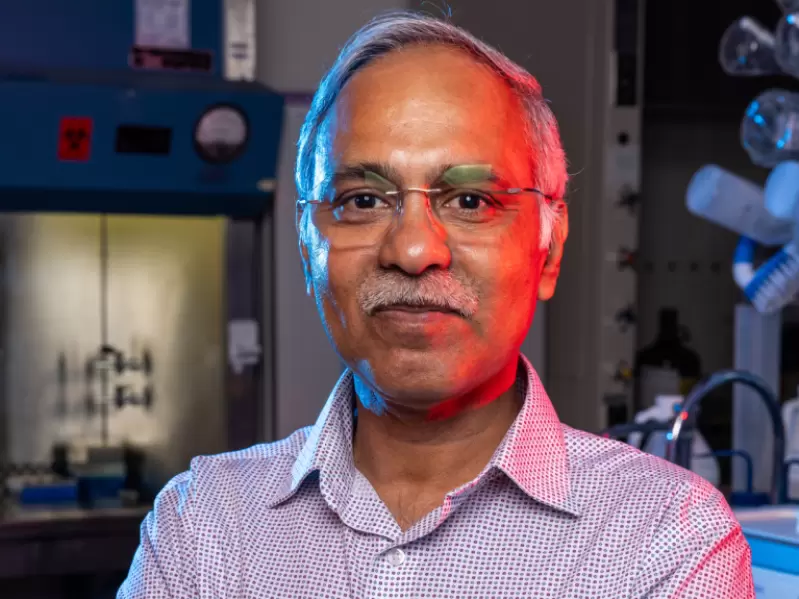



Comments
Start the conversation
Become a member of New India Abroad to start commenting.
Sign Up Now
Already have an account? Login